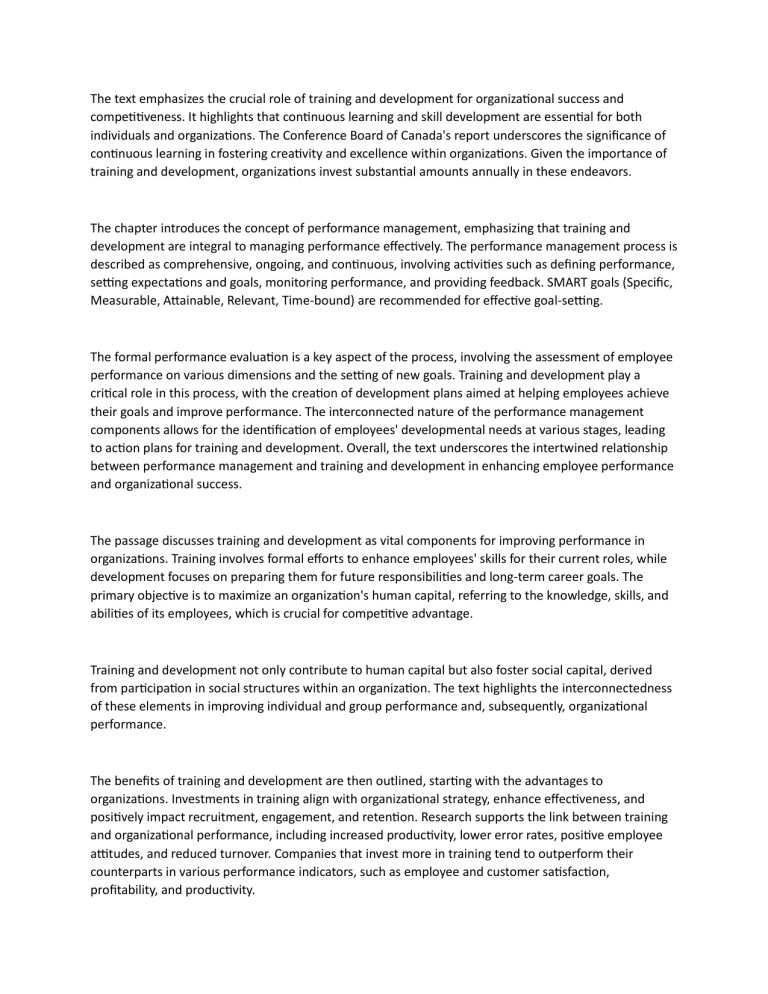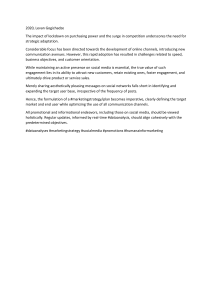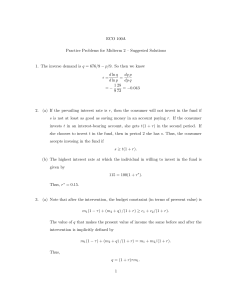
The text emphasizes the crucial role of training and development for organizational success and competitiveness. It highlights that continuous learning and skill development are essential for both individuals and organizations. The Conference Board of Canada's report underscores the significance of continuous learning in fostering creativity and excellence within organizations. Given the importance of training and development, organizations invest substantial amounts annually in these endeavors. The chapter introduces the concept of performance management, emphasizing that training and development are integral to managing performance effectively. The performance management process is described as comprehensive, ongoing, and continuous, involving activities such as defining performance, setting expectations and goals, monitoring performance, and providing feedback. SMART goals (Specific, Measurable, Attainable, Relevant, Time-bound) are recommended for effective goal-setting. The formal performance evaluation is a key aspect of the process, involving the assessment of employee performance on various dimensions and the setting of new goals. Training and development play a critical role in this process, with the creation of development plans aimed at helping employees achieve their goals and improve performance. The interconnected nature of the performance management components allows for the identification of employees' developmental needs at various stages, leading to action plans for training and development. Overall, the text underscores the intertwined relationship between performance management and training and development in enhancing employee performance and organizational success. The passage discusses training and development as vital components for improving performance in organizations. Training involves formal efforts to enhance employees' skills for their current roles, while development focuses on preparing them for future responsibilities and long-term career goals. The primary objective is to maximize an organization's human capital, referring to the knowledge, skills, and abilities of its employees, which is crucial for competitive advantage. Training and development not only contribute to human capital but also foster social capital, derived from participation in social structures within an organization. The text highlights the interconnectedness of these elements in improving individual and group performance and, subsequently, organizational performance. The benefits of training and development are then outlined, starting with the advantages to organizations. Investments in training align with organizational strategy, enhance effectiveness, and positively impact recruitment, engagement, and retention. Research supports the link between training and organizational performance, including increased productivity, lower error rates, positive employee attitudes, and reduced turnover. Companies that invest more in training tend to outperform their counterparts in various performance indicators, such as employee and customer satisfaction, profitability, and productivity.





